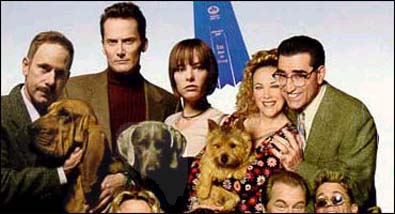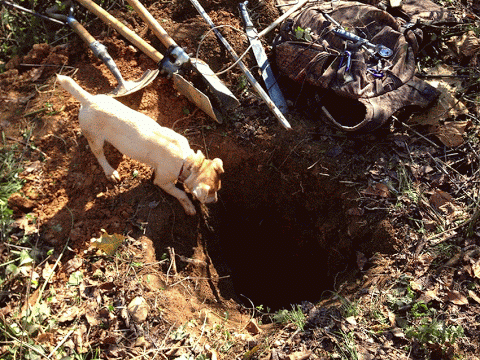Several folks have called and written
and asked "Whatcha Doing?"
I've been invited to a "sew in" B-Day bash soon
and I thought it would be the perfect opportunity to
work on a quilt I started YEARS ago.
I used to sew all the time and then life,
issues and other interests got in the way
and I stopped quilting entirely.
I love the fabrics in this quilt..very much
my old primitive favorites but it will still
go quite nicely in my blue and brown bedroom.
It requires 96 blocks and I am at 64 as of today.
Every block is random and includes plaids and checks
in browns, beiges, blues and a touch of yellows.
I opened the basket where the blocks and strips
were stored and just
threw them out on the chair and desk
and started sewing.
I'll see how far I get before the sew in and
then an entire day there just may "get er' done"
Sew a side, trim/turn, sew a side, trim/turn
and so on.
A Log Cabin
I just toss them to the floor as they are completed.
Funny they look crooked here but they're not. I did
not cut the strips with anything but abandon
so the plaids and checks do not always run straight.
I wanted it that way, to appear primitive and I
will most likely overdye it when finished also.
I was thinking I will add a solid border with some appliques
perhaps because I love doing those also.
I miss doing needlecraft.
Maybe this will resurrect my first love.
Needle and thread
A painters pallet of fabrics
It is all connected
In other news I shared a lovely day on Monday
with a photographer Tracey Perry,
who shot my home for a Holiday Book
to hopefully be published next year.
It is a major undertaking and I will keep
you posted as I proceed.
I am thrilled to be able to get
Christmas taken down, and do some more purging
and a thorough cleaning of the house.
I have NEVER had it up this long before,
it has made me a little antsy.
it will come down lickety split.
WOOT!
So that's my story
What's yours?




.JPG)








.JPG)
.JPG)














.JPG)







.JPG)
.JPG)
.JPG)
.JPG)
.JPG)





